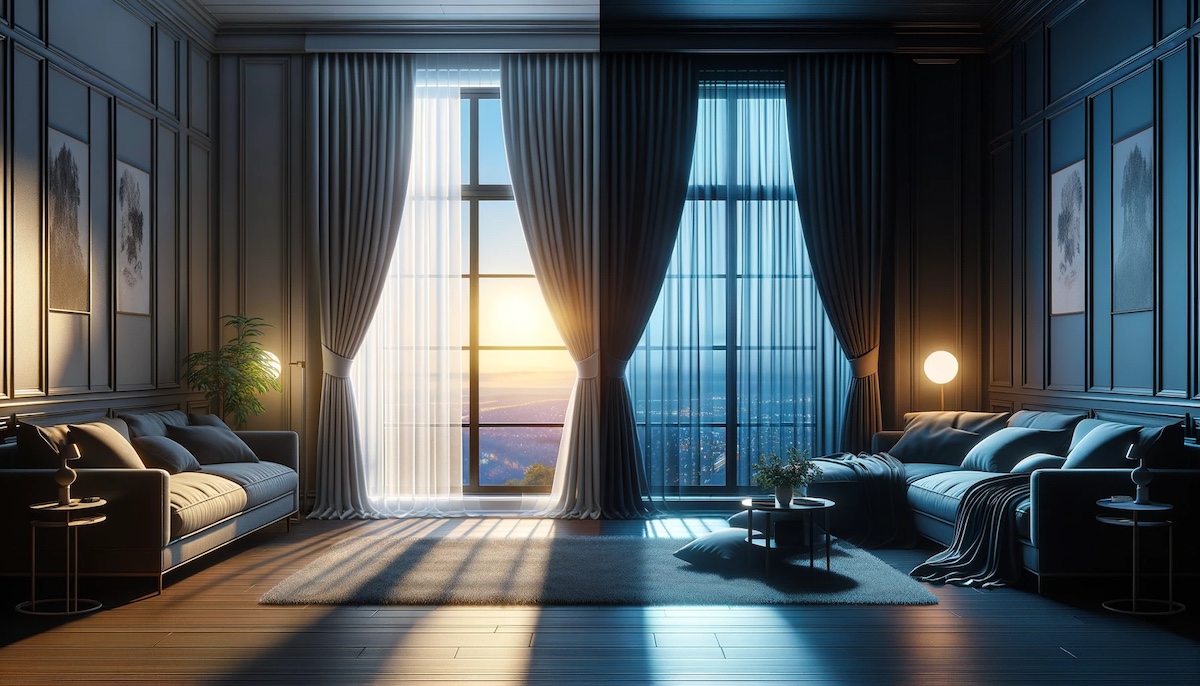

Articles
How To Choose Drapes For Living Room
Modified: January 18, 2024
Learn how to choose the perfect drapes for your living room with our insightful articles. Explore various styles, fabrics, and colors to elevate your home décor.
(Many of the links in this article redirect to a specific reviewed product. Your purchase of these products through affiliate links helps to generate commission for Storables.com, at no extra cost. Learn more)
Introduction
Choosing drapes for your living room is an important decision that can greatly impact the overall aesthetic and functionality of the space. Drapes not only offer privacy and light control, but they also serve as a decorative element that can enhance the style and ambiance of the room. With so many options available, it can be overwhelming to find the perfect drapes that match your taste and needs.
In this article, we will guide you through the process of choosing drapes for your living room. We will explore the various factors to consider, such as the style of your living room, the functionality you need, the fabric, color, and pattern options, as well as the measurements and hanging styles. By the end of this article, you will have all the information you need to make an informed decision and select drapes that will transform your living room into a stylish and inviting space.
Key Takeaways:
- Consider the style, functionality, fabric, color, and measurements when choosing drapes for your living room. Create a cohesive and personalized look that reflects your taste and enhances the ambiance of your space.
- Set a budget, compare prices, and explore customization options to find drapes that fit within your financial means without compromising on style or quality. Take your time and enjoy the process of transforming your living room.
Read more: How To Choose A Carpet For Living Room
Consider the Style of Your Living Room
When choosing drapes for your living room, it’s essential to consider the existing style and decor of the space. The drapes should complement the overall theme and enhance the aesthetic appeal of the room. Here are a few style considerations to keep in mind:
- Traditional: If your living room features a traditional design with classic furniture and ornate details, opt for drapes with rich fabrics like velvet or silk. Look for traditional patterns such as damask or paisley to add an elegant touch.
- Modern or Contemporary: For a modern or contemporary living room, choose drapes with clean lines and minimalistic designs. Opt for lighter fabrics like linen or cotton in solid colors or subtle geometric patterns.
- Eclectic: If your living room has an eclectic style that blends various design elements and patterns, you have more freedom to experiment with different drape styles. Consider bold prints, textured fabrics, or even mixing and matching different patterns to create an eclectic look.
- Mid-century or Retro: For a mid-century or retro-inspired living room, look for drapes with funky patterns like polka dots or bold geometric shapes. Opt for vibrant colors such as mustard yellow, teal, or burnt orange to capture the retro vibe.
Remember, the style of your drapes should complement but not overpower the existing decor. It’s important to strike a balance between the drapes and other elements in the room to create a cohesive and harmonious look.
Determine the Functionality You Need
Along with style, it’s crucial to consider the functionality you need from your drapes. Assessing your needs will help you choose the right type of drapes that can fulfill those requirements. Here are some important factors to consider:
- Privacy: If privacy is a top concern, opt for drapes with a thick fabric that offers ample coverage. Look for materials like blackout or dim-out curtains that will prevent outsiders from seeing into your living room.
- Light Control: Depending on the amount of natural light you want in your living room, you can choose between sheer or light-filtering drapes, which allow some light to pass through, or room-darkening drapes that block out the majority of light.
- Noise Reduction: If you live in a noisy neighborhood or have loud neighbors, consider drapes with a noise-reducing feature. These drapes are typically made of thick, tightly woven fabrics that can help dampen outside noise and create a more peaceful environment.
- Insulation: If you’re concerned about energy efficiency and want to maintain a comfortable temperature in your living room throughout the year, look for drapes with thermal insulation properties. These drapes are designed to keep cold drafts out in winter and block heat from entering in summer.
- Easy Maintenance: Consider your preference for maintenance when selecting drapes. Some fabrics require special care, such as dry cleaning, while others can be easily machine-washed. If you have pets or young children, you may want to choose drapes that are stain-resistant and easy to clean.
By identifying the specific functionalities that are important to you, you can narrow down your options and find drapes that not only look great but also meet your practical needs.
Select the Appropriate Fabric
Choosing the right fabric for your drapes is crucial as it not only affects the overall look but also determines their durability and functionality. Here are some popular fabric options to consider:
- Cotton: Cotton is a versatile and widely used fabric for drapes. It is lightweight, breathable, and offers a soft and natural look. Cotton drapes are easy to maintain and can be machine-washed. However, keep in mind that cotton may wrinkle easily and may not provide optimum light-blocking or insulation.
- Linen: Linen is another popular choice for drapes, known for its stylish and textured appearance. Linen drapes offer a casual yet sophisticated look and provide good breathability. However, linen tends to wrinkle more easily and may require professional cleaning.
- Silk: Silk drapes exude elegance and luxury. They have a smooth and lustrous texture that adds a touch of sophistication to any living room. Silk is a delicate fabric that requires special care and should be dry cleaned. However, silk drapes may not be suitable for high-traffic areas or homes with children or pets.
- Velvet: Velvet drapes are known for their luxurious and opulent appearance. They offer excellent light-blocking properties and can add warmth and richness to your living room. Velvet requires proper care and might need occasional professional cleaning to maintain its plush look.
- Polyester: Polyester is a durable and low-maintenance fabric that offers a wide range of colors and patterns. It is resistant to wrinkling and fading, making it a practical choice for high-traffic areas and homes with kids or pets. However, polyester may not provide the same luxurious look as natural fabrics.
Consider the look you want to achieve, the level of maintenance you’re willing to commit to, and the level of functionality required when selecting the fabric for your drapes. It’s also a good idea to feel the fabric in person or request fabric samples to gauge its texture and quality.
Choose the Right Color and Pattern
The color and pattern of your drapes play a significant role in defining the overall aesthetic of your living room. They can either blend seamlessly with the existing decor or become a statement piece that adds visual interest and personality. Here are some considerations when selecting the color and pattern:
- Matching or contrasting: Decide whether you want the drapes to blend in with the walls and furniture or if you prefer them to stand out as a statement piece. Matching colors can create a harmonious and cohesive look, while contrasting colors can add visual interest and create a focal point.
- Neutral or bold: Consider the mood and atmosphere you want to create. Neutral colors like white, beige, or gray can offer a calming and timeless look. On the other hand, bold and vibrant colors like red, blue, or green can add energy and personality to the space.
- Pattern scale: Consider the scale of the pattern in relation to the size of your living room. In smaller spaces, opt for smaller-scale patterns that won’t overwhelm the room. In larger rooms, you can go for larger-scale patterns that make a bold statement.
- Pattern coordination: If you have patterned furniture or wallpaper in your living room, choose drapes with a complementary pattern or a solid color that coordinates with the existing patterns. This will ensure a cohesive and well-coordinated look.
- Simplicity vs. intricacy: Decide on the level of intricacy you want for your drapes. Simple and minimalistic designs can create a clean and modern look, while intricate patterns can add a touch of elegance and sophistication.
Remember to consider the overall color scheme and style of your living room when choosing the color and pattern of your drapes. Take into account the natural lighting and the mood you want to create, as well as how the drapes will coordinate with the rest of the room’s elements.
When choosing drapes for your living room, consider the style and color of your furniture and walls. Opt for thicker fabrics for more privacy and light control, and lighter fabrics for a breezy, casual look.
Read more: How To Choose A Painting For Living Room
Measure the Size of Your Windows
Accurate measurements are essential when choosing drapes for your living room. Taking the correct measurements will ensure that the drapes fit properly and hang beautifully. Here’s a step-by-step guide on how to measure the size of your windows:
- Width: Measure the width of your window from one side to the other. Take the measurement at the top, middle, and bottom of the window, as some windows may not have consistent measurements.
- Length: Measure the length or height of your window from the top of the window frame to the desired hanging point. Consider whether you want the drapes to fall just below the window sill, to the window sill, or all the way to the floor.
- Add Extra Fabric: To achieve fullness and a luxurious look, add extra fabric to your measurements. Multiply the width measurement by 1.5 to 2 times, depending on how full you want the drapes to appear.
- Consider the Hanging Style: Depending on the type of curtain rod you plan to use and the desired look, you may need to adjust your measurements. For example, if you want your drapes to have a gathered or ruffled look, you may need to increase the width measurement.
- Account for Curtain Hardware: Don’t forget to consider the space needed for curtain hardware, such as brackets, finials, and rings. These may add extra width or length requirements.
It’s a good idea to double-check your measurements and consult with a professional if needed. Properly measured drapes will not only fit your windows beautifully but will also avoid the hassle of exchanging or resizing them later on.
Decide on the Curtain Length
Choosing the right curtain length can greatly impact the overall look and feel of your living room. The length of your drapes will depend on various factors such as the style of your room, the height of your ceilings, and the desired look you want to achieve. Here are some considerations when deciding on the curtain length:
- Below the Window Sill: If you prefer a clean and minimalistic look, you can choose drapes that fall just below the window sill. This length is ideal for windows with radiators or if you want to showcase decorative trim or hardware at the bottom of the window.
- Touching the Floor: For a classic and elegant look, opt for drapes that graze or lightly touch the floor. This length creates a sophisticated and polished appearance, especially in formal or traditional living rooms.
- Puddled Drapes: If you desire a luxurious and dramatic look, consider drapes that are longer than the floor, allowing them to pool or puddle on the ground. Puddled drapes add a touch of opulence and can create a romantic and whimsical atmosphere.
- Breaking the Floor: Alternatively, you can choose drapes that break slightly above the floor. This length is suitable for practical reasons, such as preventing tripping or making it easier to clean the floors. It also provides a tailored and neat appearance.
- Ceiling to Floor: To create an illusion of higher ceilings and a sense of grandeur, consider drapes that hang from ceiling to floor. This length elongates the room and can make it feel more spacious and airy.
When measuring for curtain length, remember to account for any curtain hardware or finials that may add extra inches to the overall length. It’s also important to consider the style and functionality of your drapes when deciding on the appropriate length for your living room.
Consider the Curtain Hanging Style
The curtain hanging style you choose can significantly impact the overall look and functionality of your drapes. There are various hanging methods to consider, each offering a unique aesthetic and functionality. Here are some popular curtain hanging styles:
- Rod Pocket: In this traditional hanging style, the drapes have a sewn pocket along the top where the curtain rod is inserted. This creates a gathered and casual look. Rod pocket drapes are easy to hang and provide a clean and simple appearance.
- Tab Top: Tab top drapes have fabric loops or tabs sewn along the top, through which the curtain rod is threaded. This style offers a relaxed and informal look, great for adding a touch of bohemian or coastal vibe to your living room.
- Grommet: Grommet drapes have metal or plastic grommets along the top, through which the curtain rod is threaded. This modern and sleek hanging style creates neat and even folds. Grommet drapes slide easily across the rod, allowing for smooth opening and closing.
- Pleated: Pleated drapes have pleats sewn along the top, creating a tailored and sophisticated look. There are various pleat styles to choose from, such as pinch pleat, goblet pleat, or box pleat. Pleated drapes offer a structured and elegant appearance and work well in formal living rooms.
- Ring Top: Ring top drapes have fabric loops or rings attached to the top of the drapery panel, through which the curtain rod is threaded. This style provides a sleek and modern look while allowing for easy sliding of the drapes along the rod.
When selecting the curtain hanging style, consider the overall style and ambiance of your living room. Choose a style that complements the other elements in the room and enhances the desired aesthetic. Additionally, consider the ease of use and maintenance, as some hanging styles require more effort to open and close the drapes.
Set a Budget
Setting a budget is an important step when choosing drapes for your living room. It helps you narrow down your options and ensures that you find drapes that fit within your financial means. Here are some tips for setting a budget:
- Determine your overall budget: Start by determining how much you are willing to spend on drapes for your living room. Consider your overall home decor budget and allocate a portion of it specifically for drapes.
- Research prices: Do some research to get an idea of the price range for drapes. Take into account the fabric type, design, and brand. This will give you a realistic expectation of how much drapes typically cost.
- Consider quality: It’s important to strike a balance between budget and quality. While you may find cheaper options, they may not last as long or provide the desired functionality. Assess the quality of the fabric, construction, and durability of the drapes before making a purchase.
- Look for sales and discounts: Keep an eye out for sales, promotions, or discounts at your local stores or online retailers. Timing your purchase with a sale can help you save money without compromising on the quality of the drapes.
- Compare prices: Don’t settle for the first option you come across. Shop around and compare prices from different retailers to ensure you’re getting the best value for your money. Be sure to compare not only the price but also the quality and features of the drapes.
- Consider customization: If you have a specific vision in mind or unique window dimensions, you may need to consider custom-made drapes. Customization often comes at a higher cost, so factor this into your budget if it aligns with your needs and preferences.
Remember, setting a budget doesn’t mean you have to compromise on style or quality. With careful planning and research, you can find drapes that not only fit within your budget but also meet your style and functionality requirements.
Read more: How To Choose Living Room Furniture
Conclusion
Choosing the right drapes for your living room is an exciting process that involves considering various factors such as style, functionality, fabric, color, pattern, measurements, hanging style, and budget. By taking the time to evaluate each of these elements, you can ensure that you find drapes that enhance the overall aesthetic and create a welcoming atmosphere in your living space.
Start by considering the style of your living room and determine the level of formality or casualness you want to achieve. Consider the functionality you need, whether it’s privacy, light control, noise reduction, insulation, or easy maintenance. Selecting the appropriate fabric is crucial, as it affects the look, durability, and care of the drapes. Choose colors and patterns that coordinate with your existing decor and create the desired visual impact.
Accurate measurements of your windows will ensure that the drapes fit perfectly, while deciding on the curtain length and hanging style will add the finishing touches to the overall look. Lastly, set a budget to guide your purchasing decisions and explore different options that fall within your financial means.
Remember, choosing drapes is a personal decision, and it’s important to select ones that reflect your style, personality, and desired ambiance. Take your time, do thorough research, and consider all the factors that are important to you. With careful consideration, you can find drapes that not only enhance the beauty of your living room but also provide the functionality you seek.
So go ahead, embark on this journey of selecting drapes for your living room, and transform your space into a stylish and inviting haven!
Frequently Asked Questions about How To Choose Drapes For Living Room
Was this page helpful?
At Storables.com, we guarantee accurate and reliable information. Our content, validated by Expert Board Contributors, is crafted following stringent Editorial Policies. We're committed to providing you with well-researched, expert-backed insights for all your informational needs.
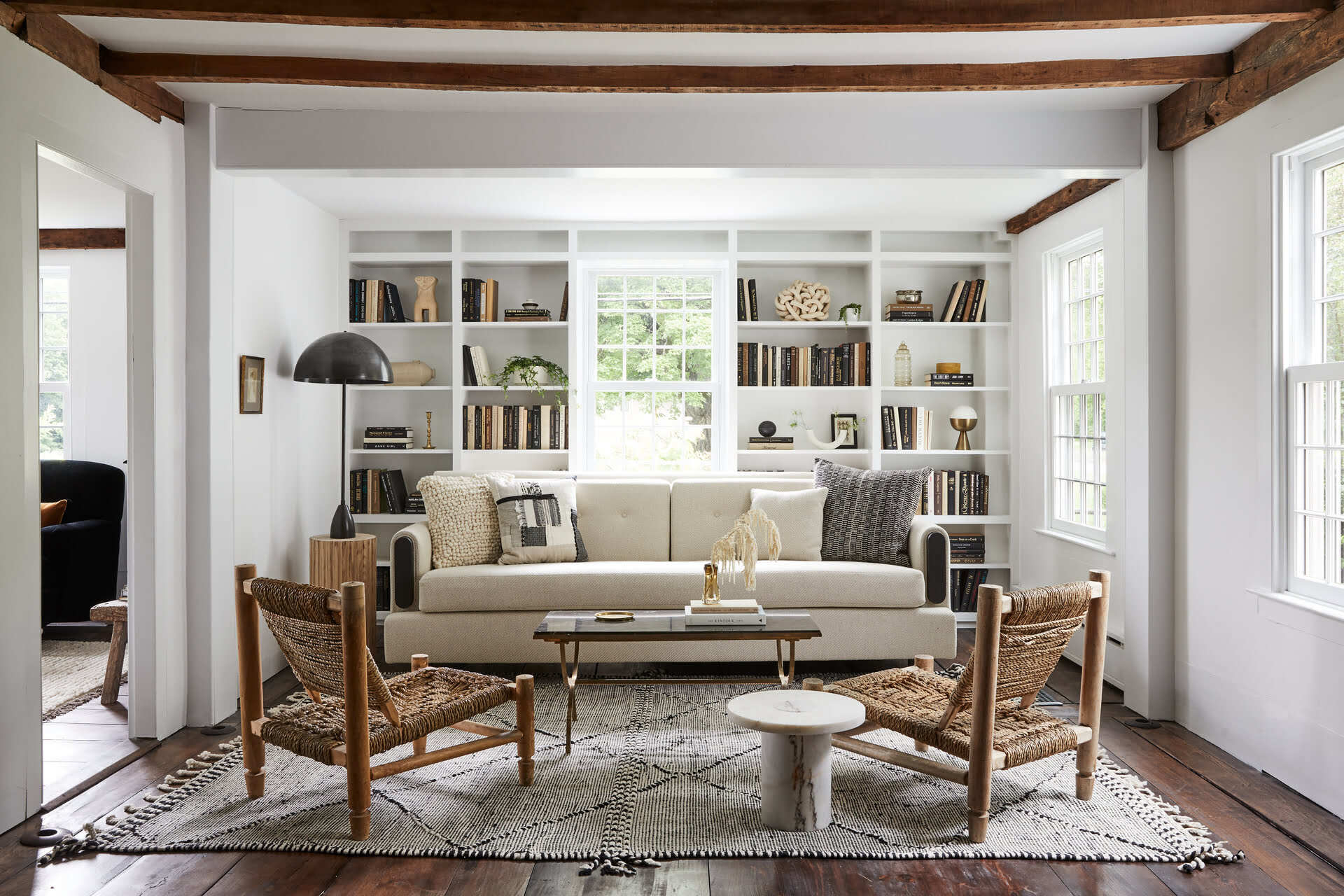
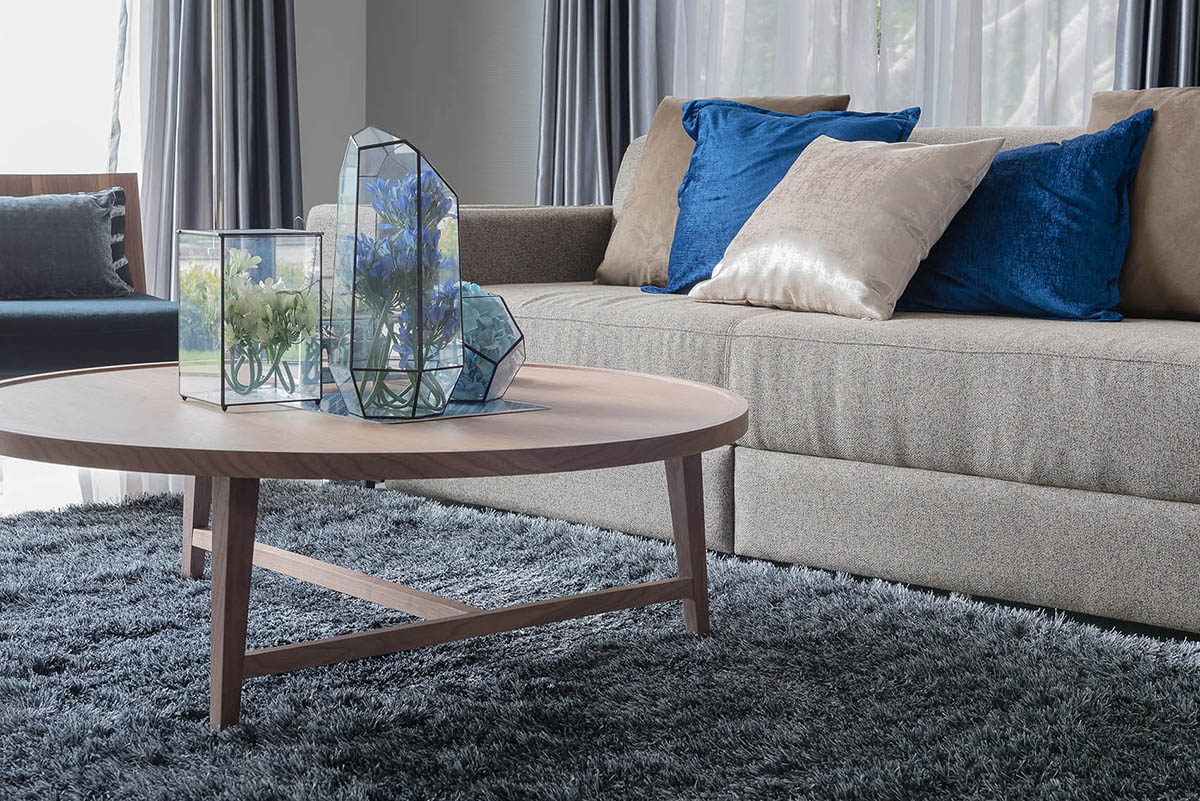
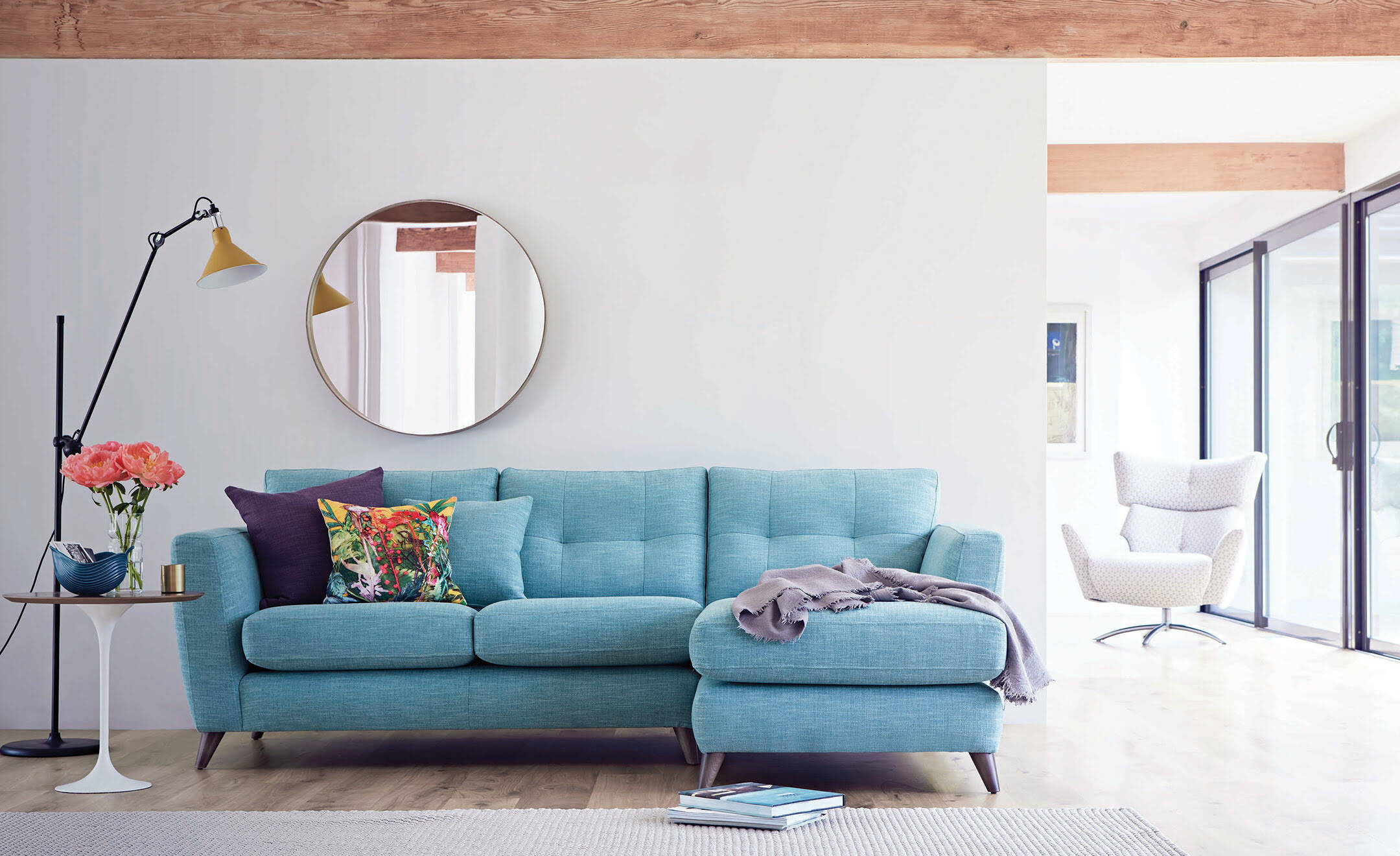
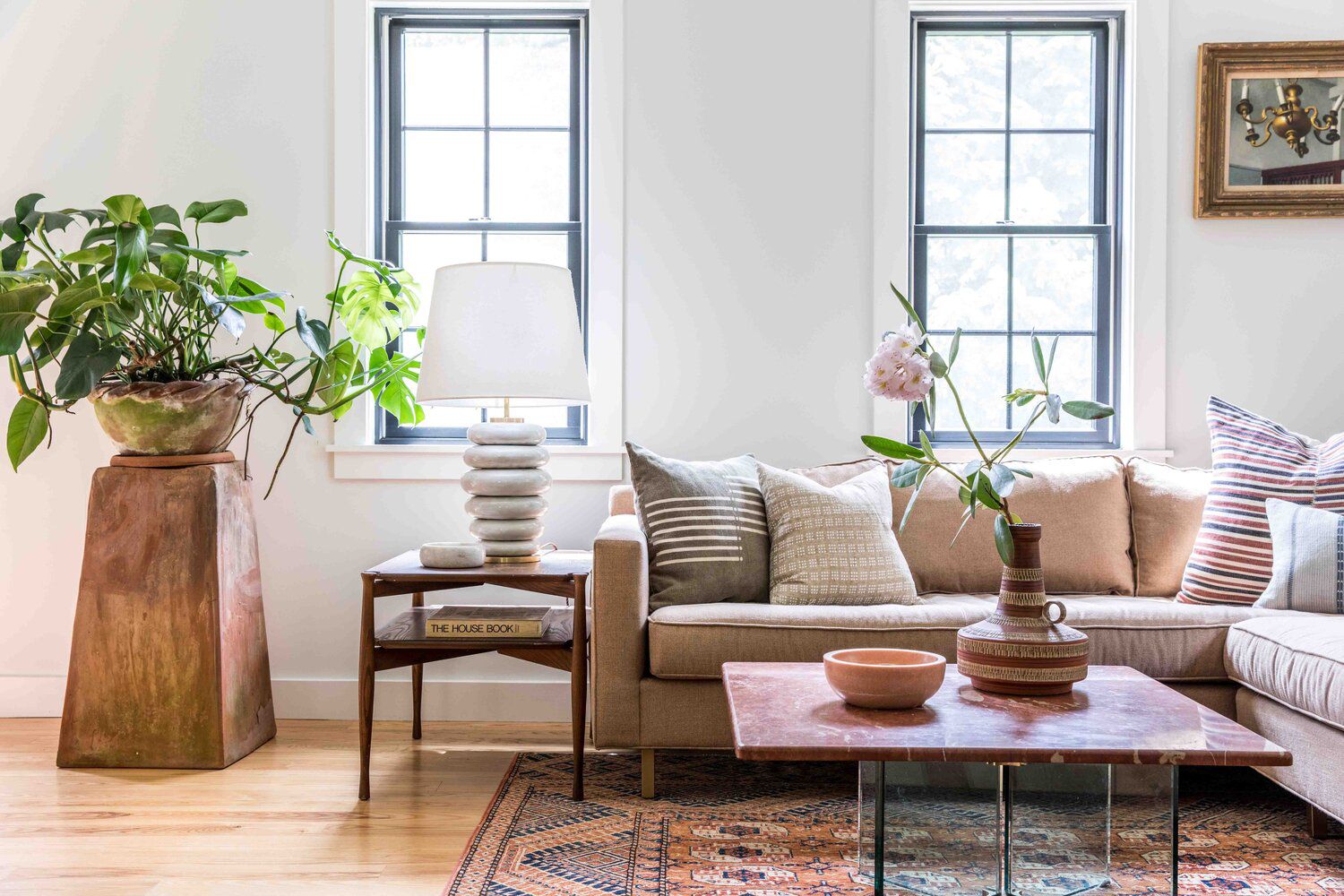
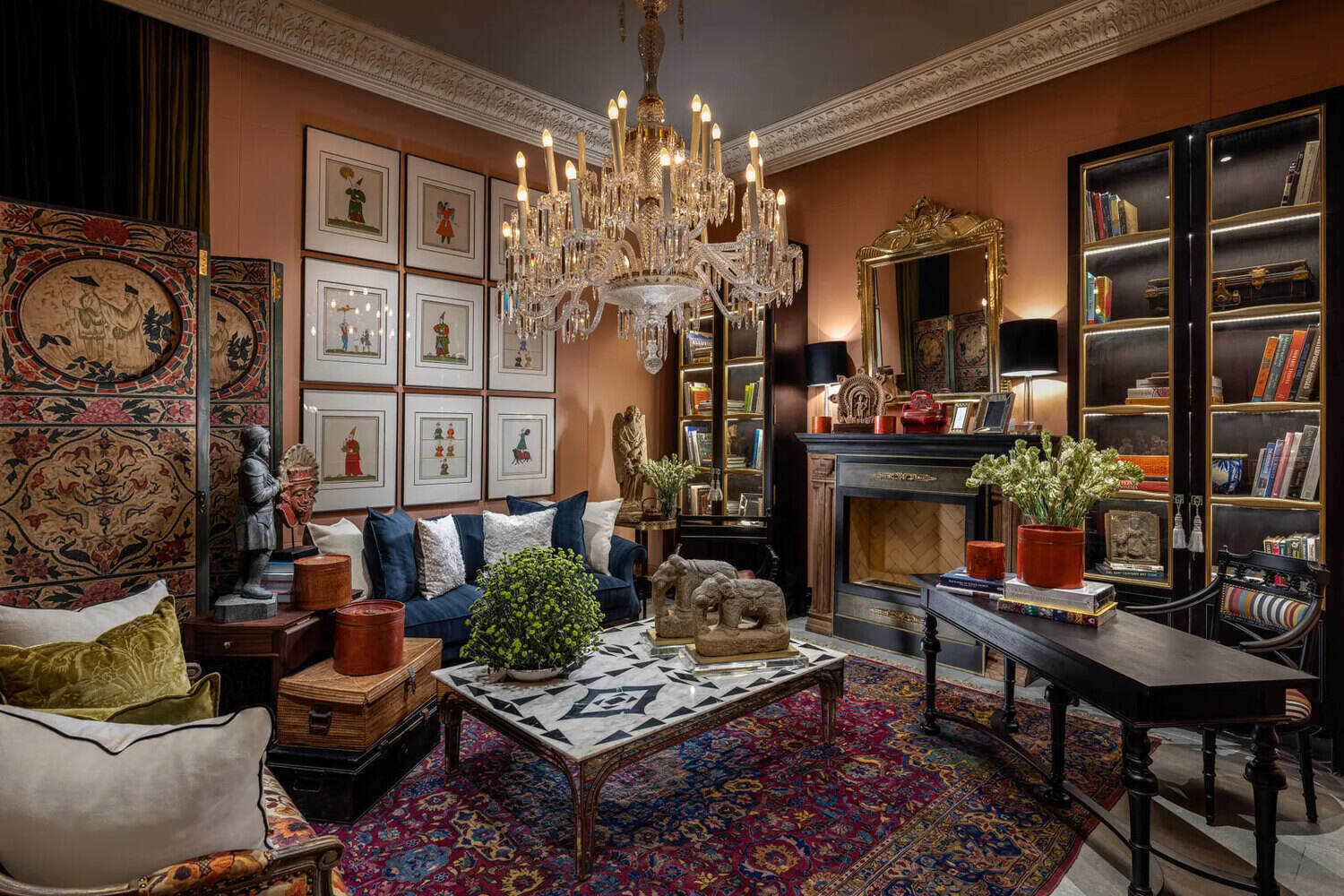
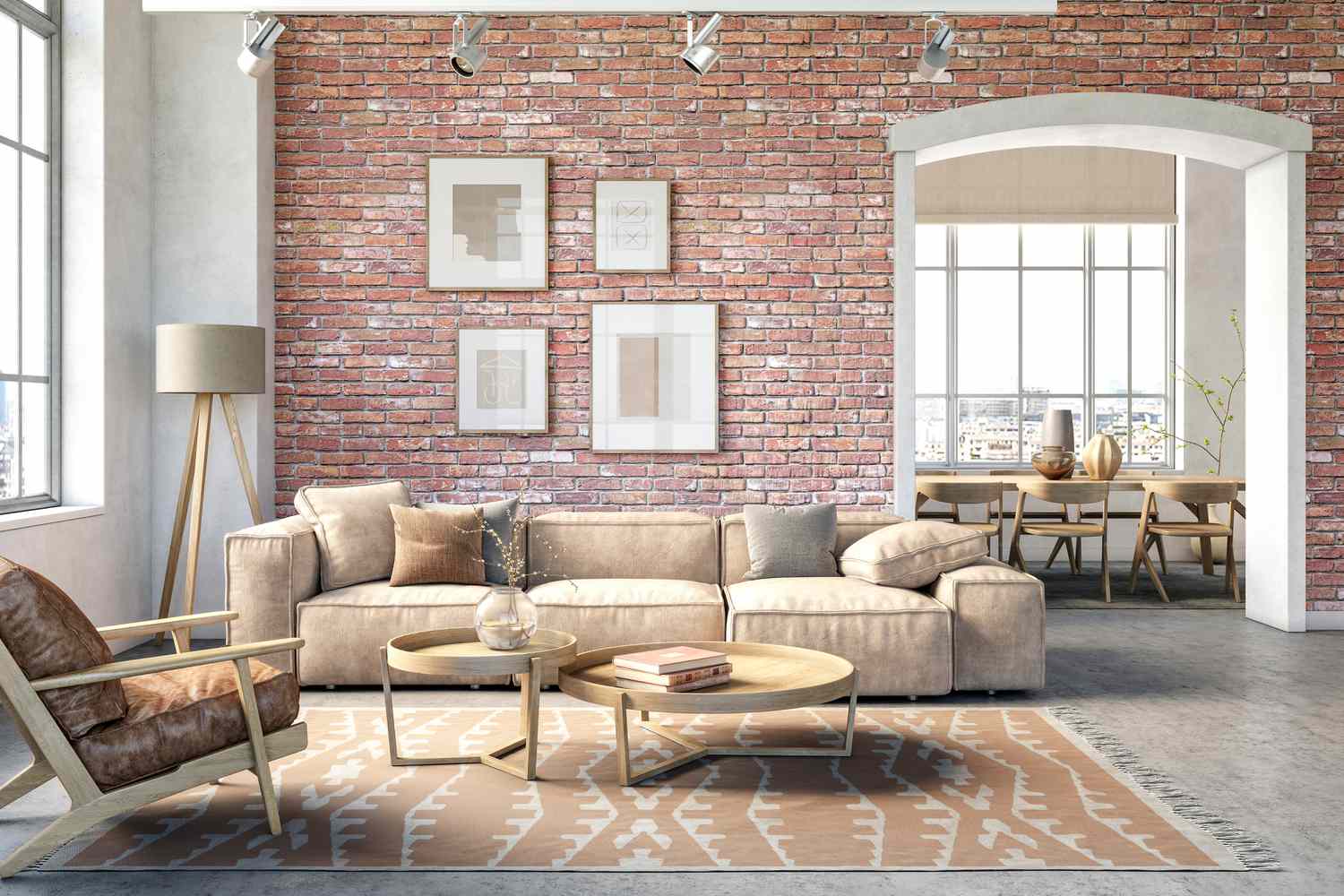
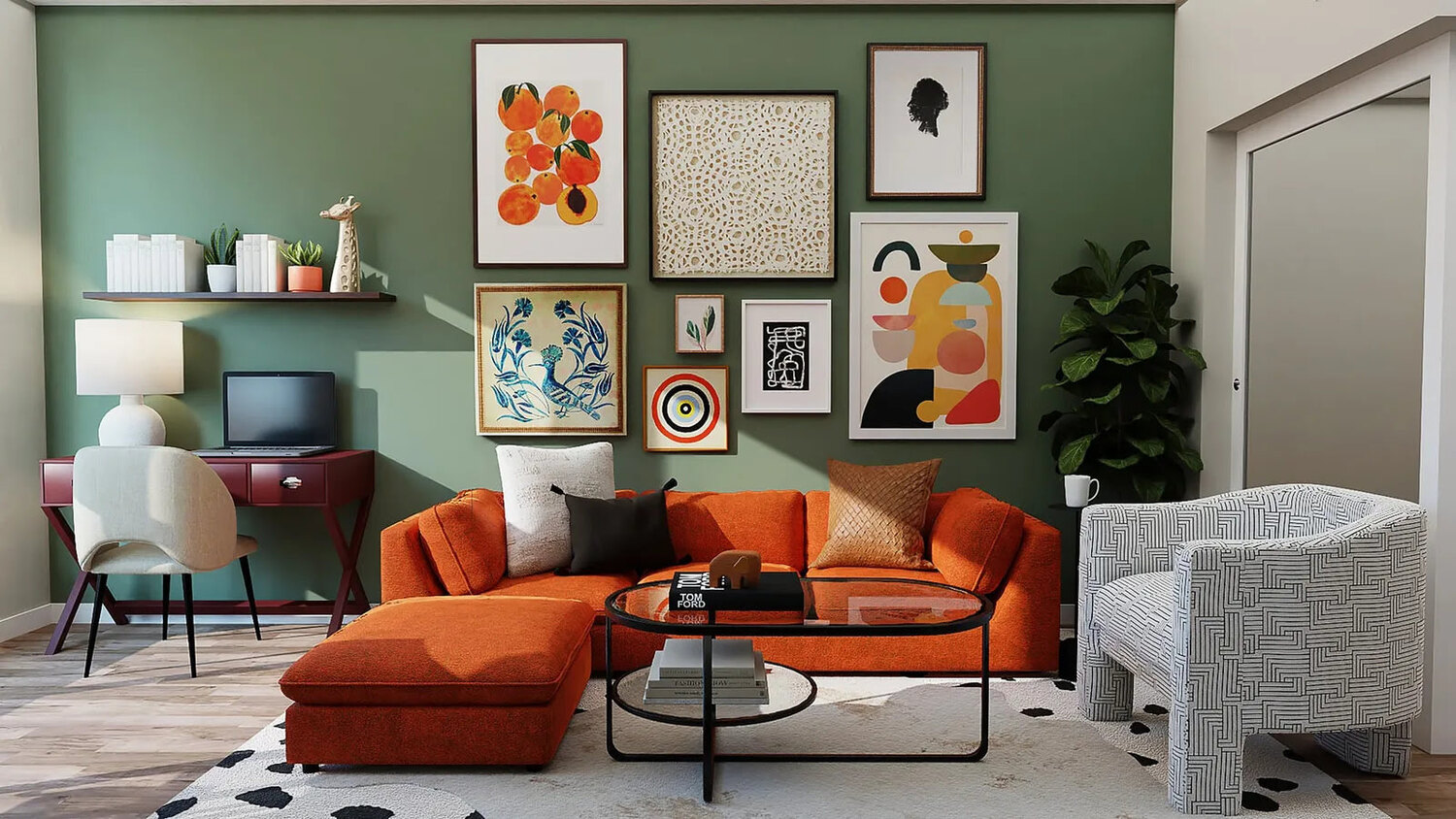
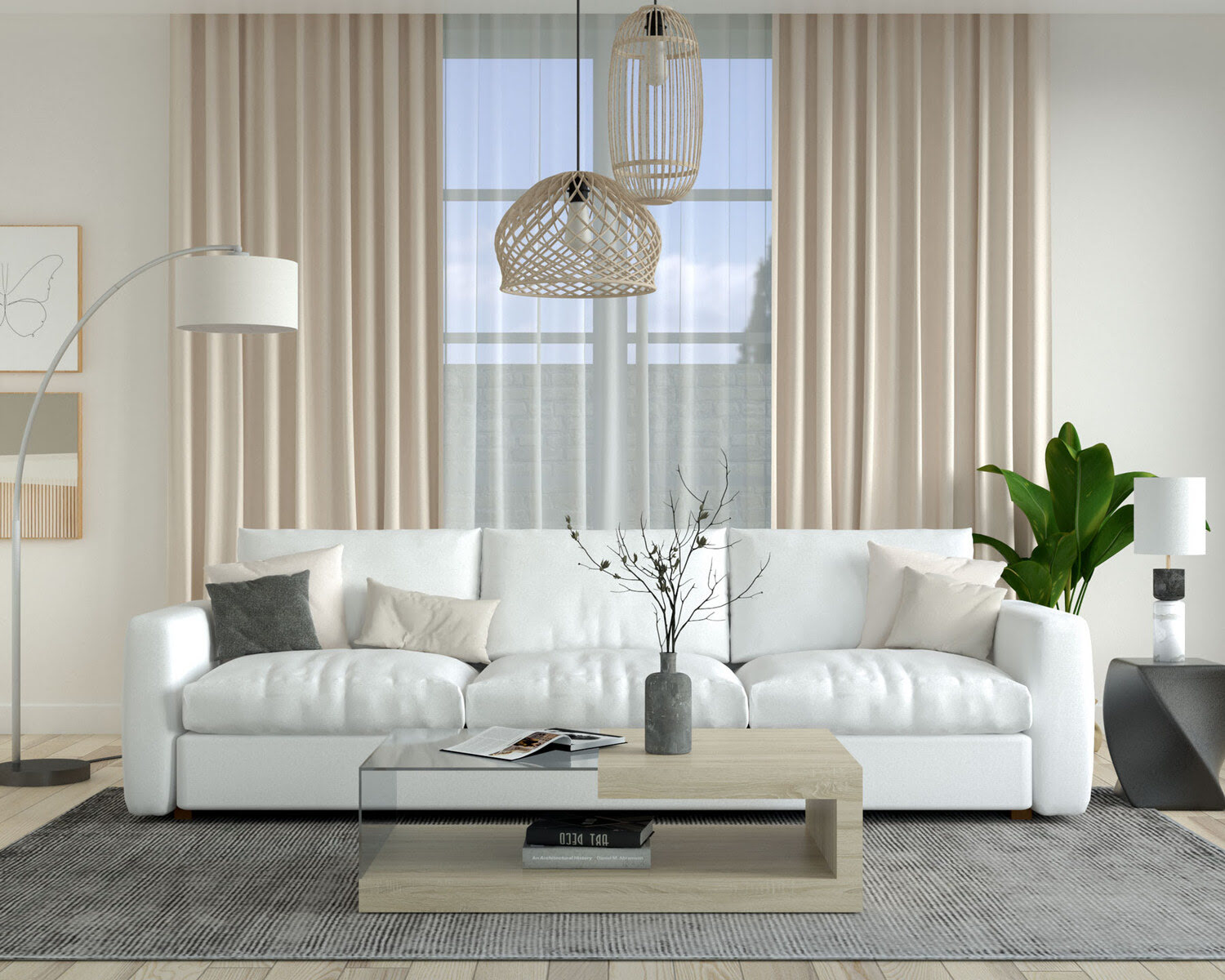
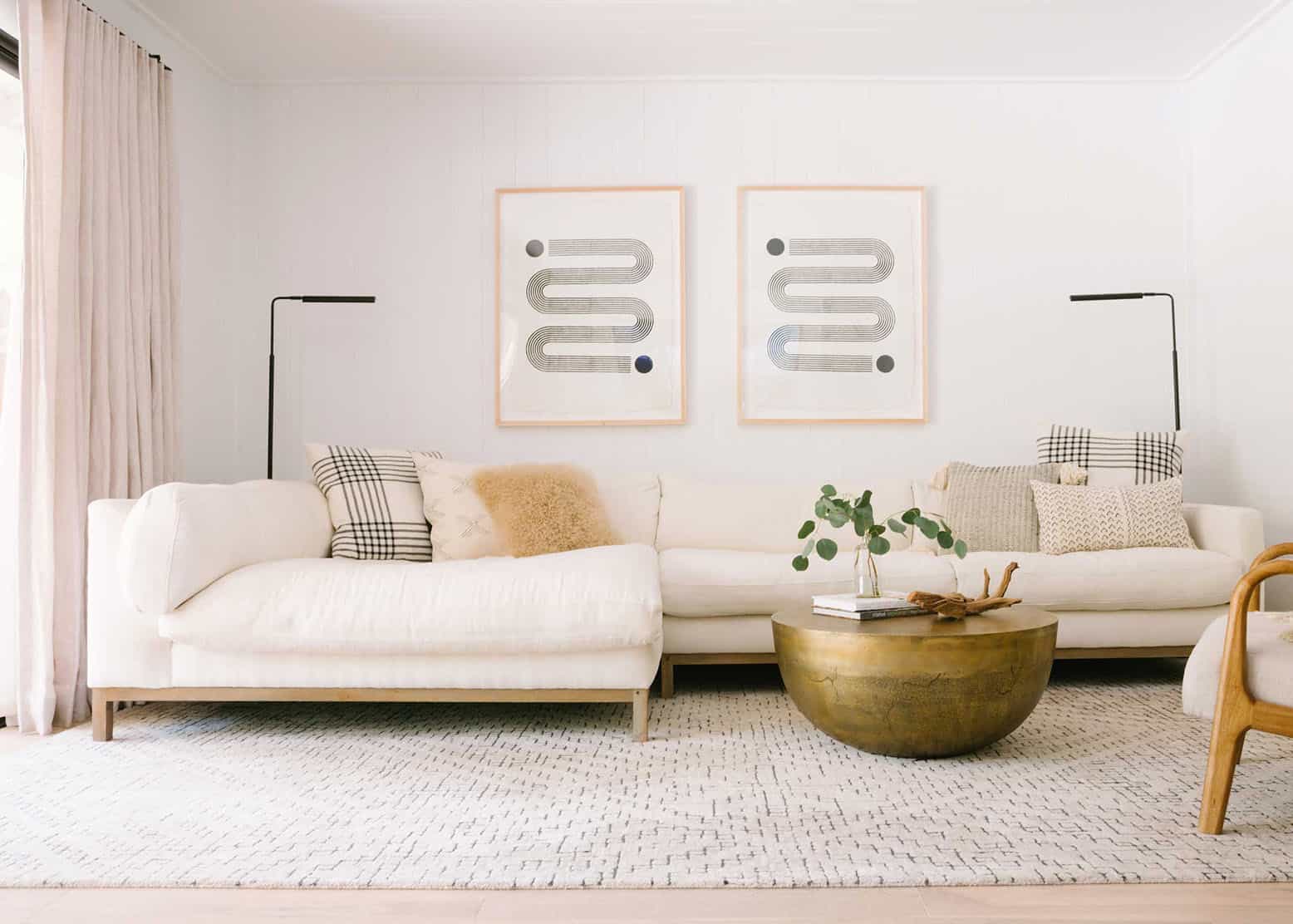
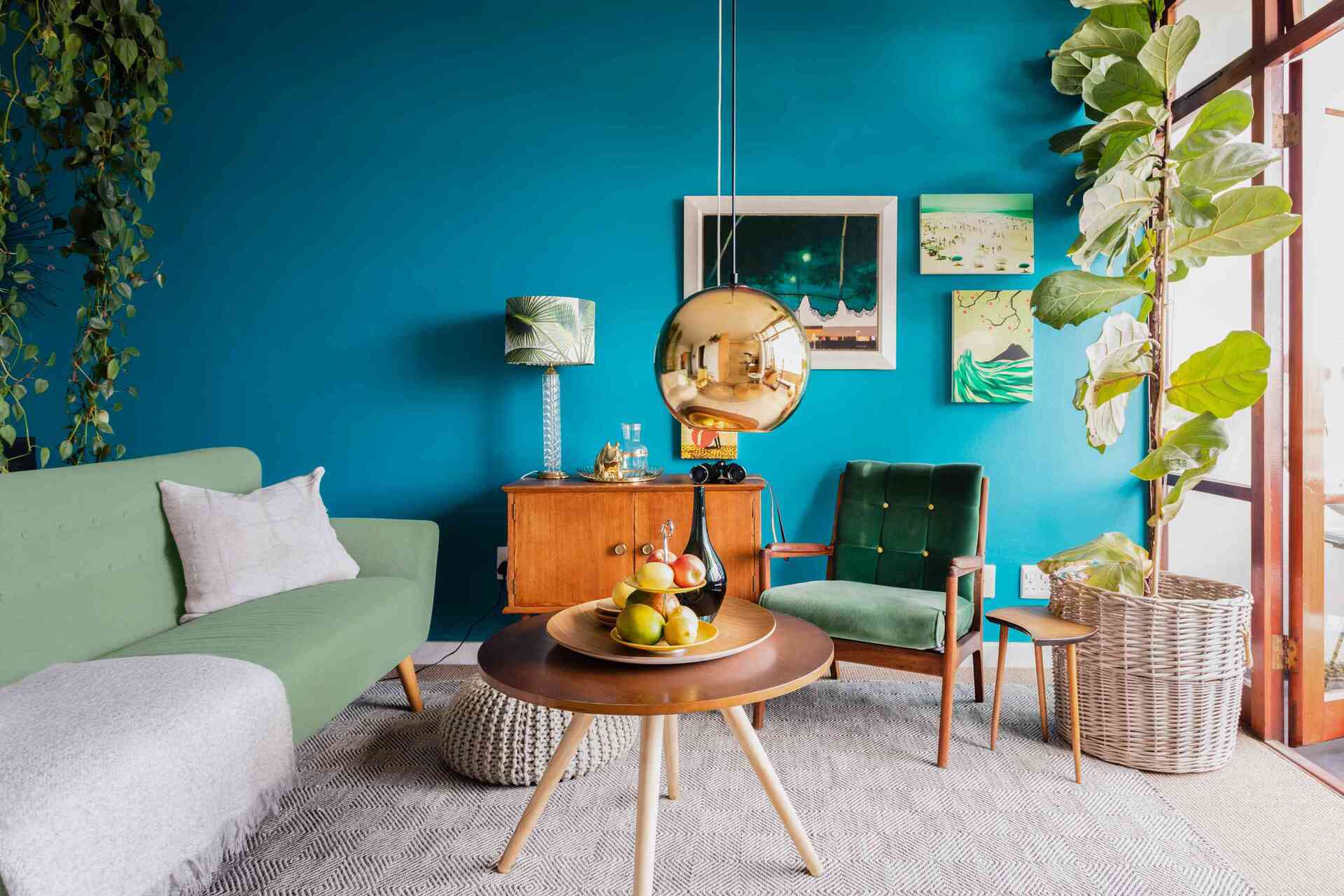
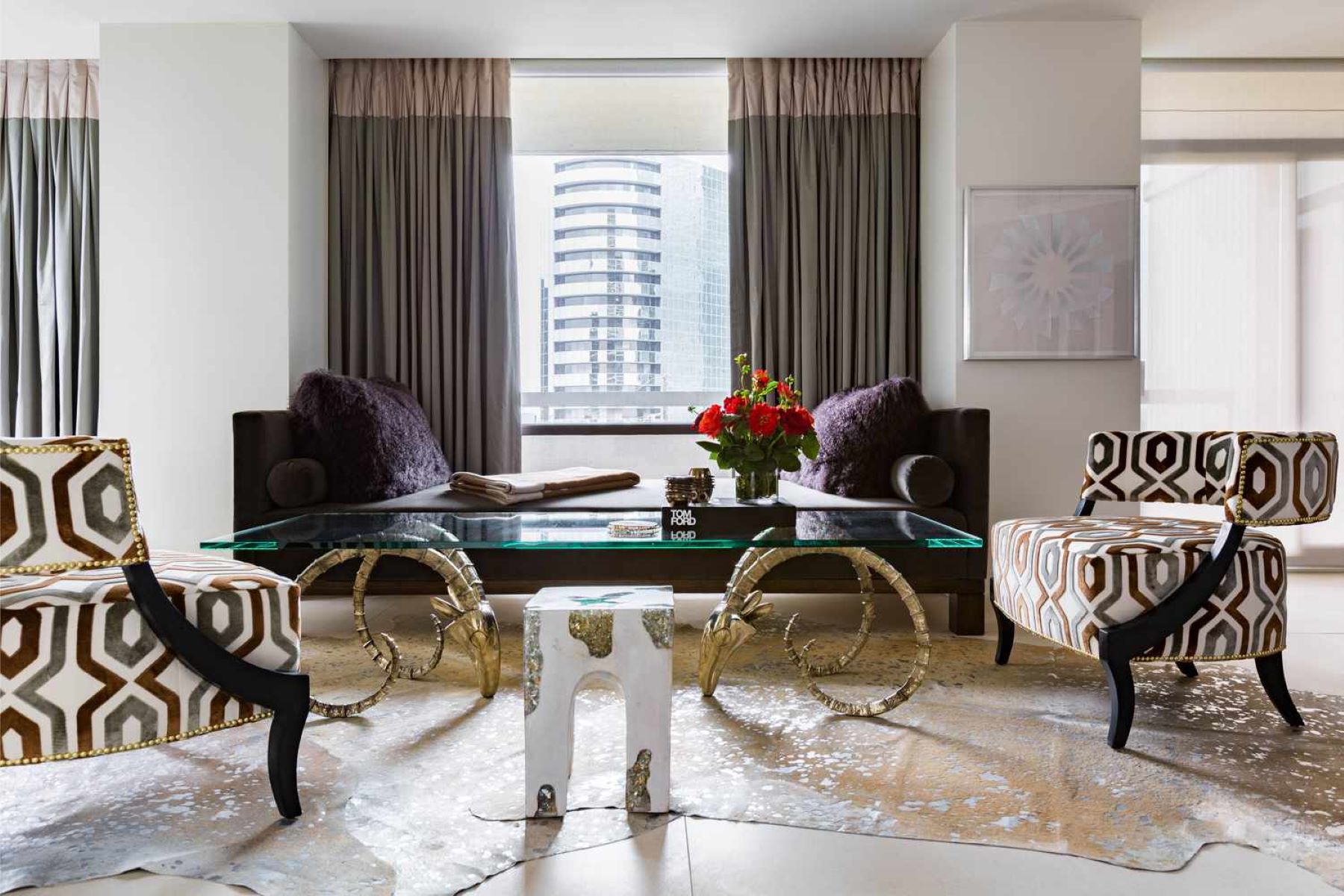
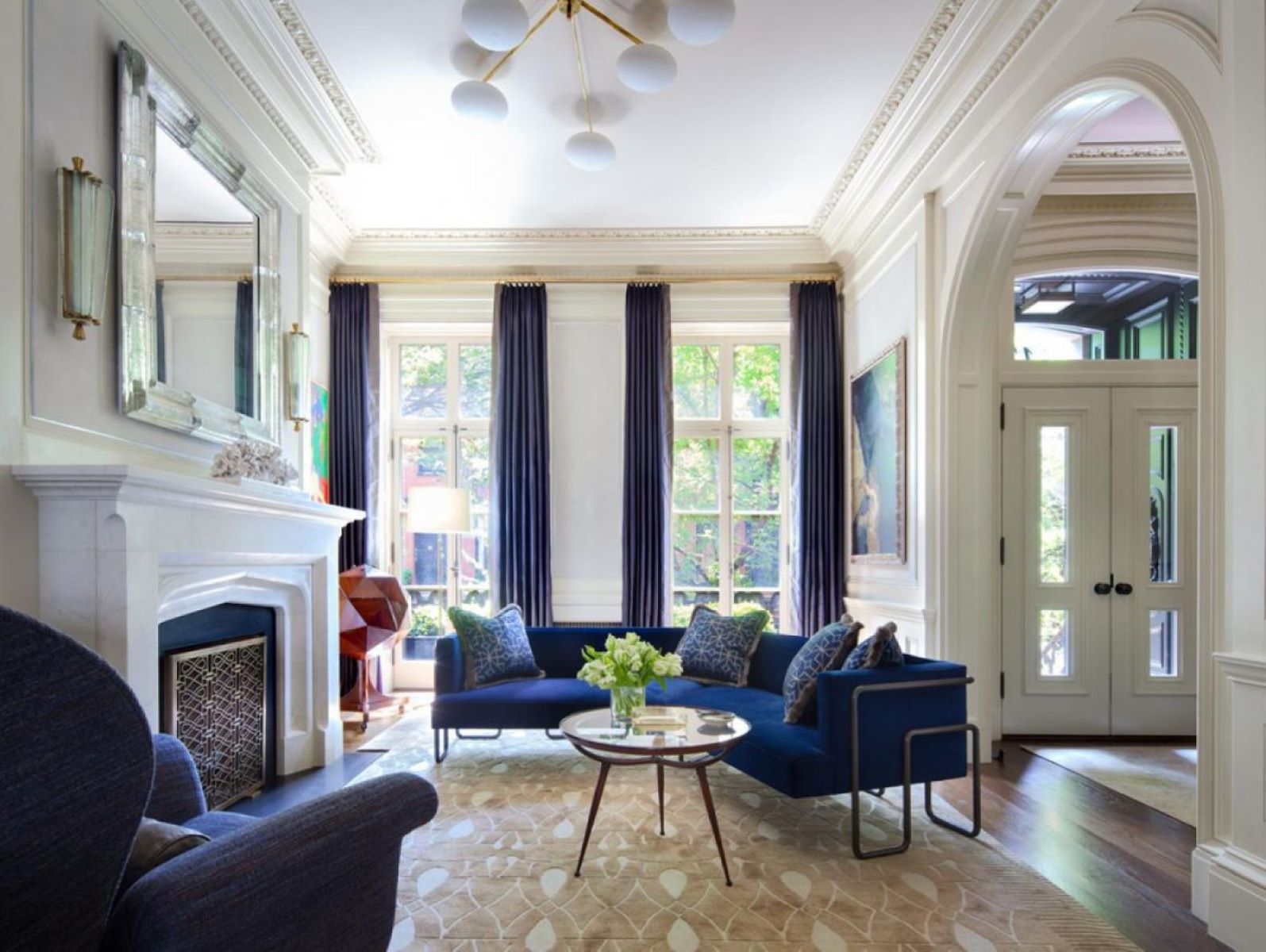
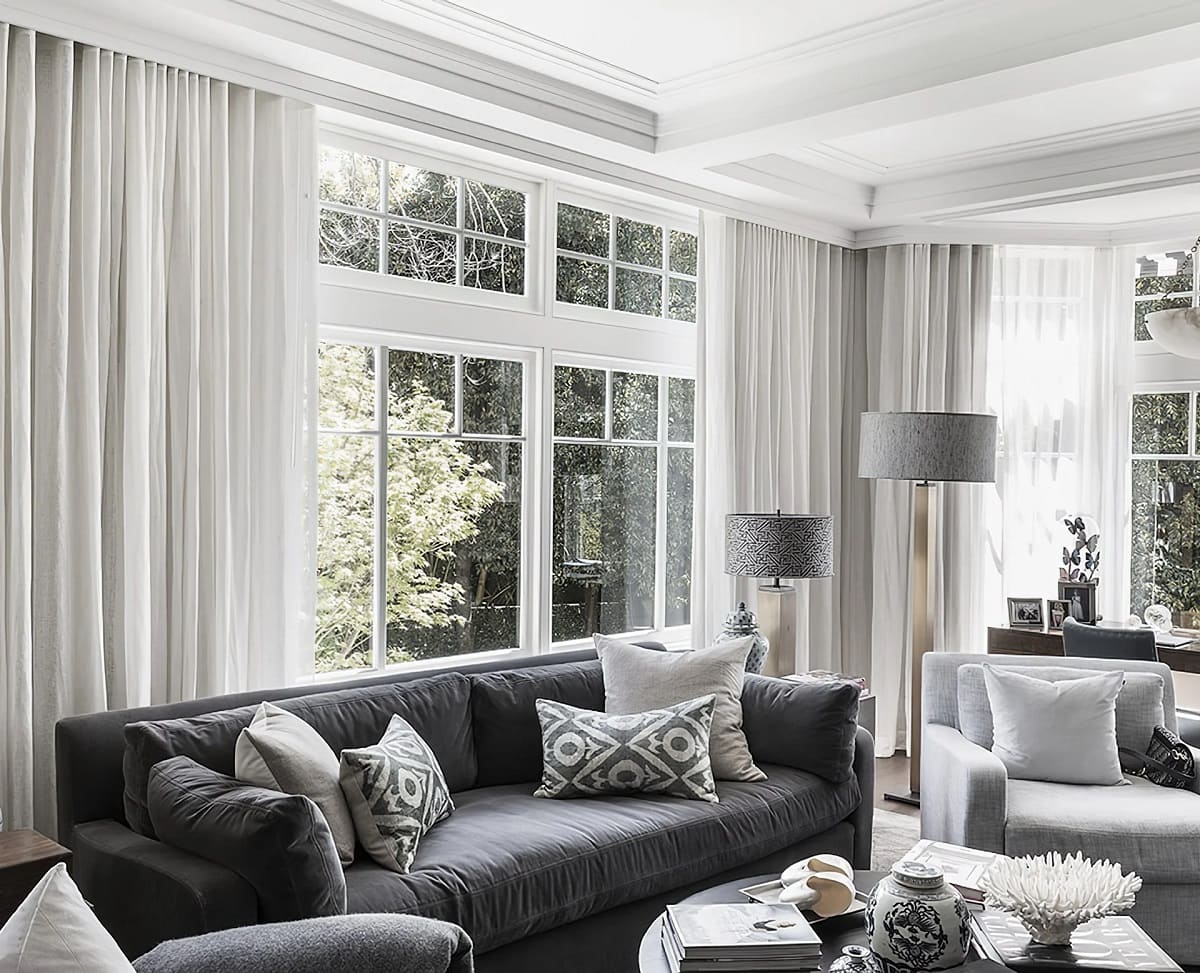

0 thoughts on “How To Choose Drapes For Living Room”